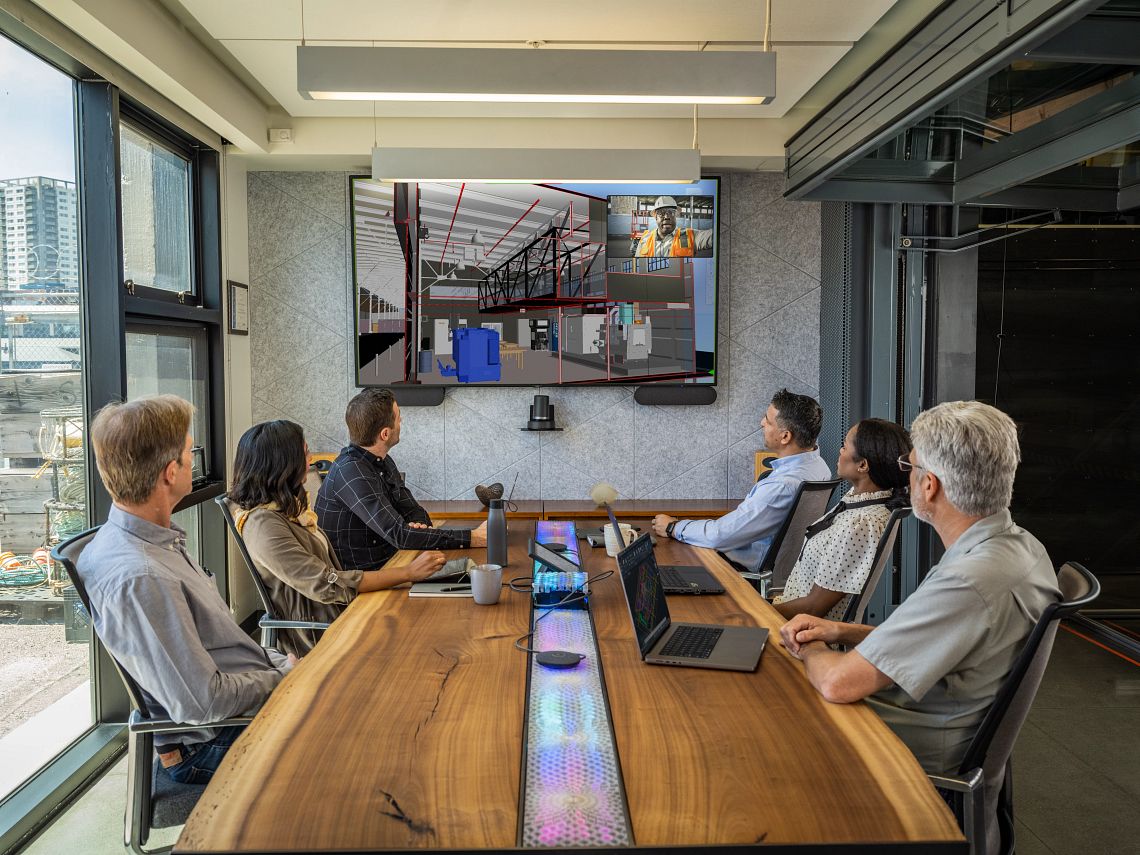In big construction and infrastructure projects, teamwork can make or break the outcome. BIM Collaborate Pro brings civil engineers, architects, and other specialists together in one cloud-based space where everyone can work from the same, up-to-date information.
With ready-to-use project templates, smart change tracking, automated clash detection, and tools to fix design issues directly in Revit or Navisworks, it makes coordination easier and improves quality. It’s a single source of truth that keeps everyone on the same page, reduces risk, and helps deliver better results.
From “My Part” to “Our Project”
Traditionally, each team in a project works on their own piece of the puzzle. Civil engineers handle roads and utilities, architects focus on the building itself, and MEP experts manage mechanical and electrical systems. The problem? Working in isolation can lead to miscommunication, design overlaps, and last-minute changes that cost time and money.
A multidisciplinary approach breaks down those silos. When everyone’s work is connected in one platform, it’s easier to spot issues early, understand how one change affects the rest, and make smarter decisions as a team.
Why the cloud changes everything
Cloud-based collaboration is a game changer for design projects. Instead of sending files back and forth (or worse, working on outdated versions) everyone can access the latest models and documents in real time, from anywhere.
This setup also gives you a complete history of changes and activities, so nothing gets lost and approvals are faster. It’s not just convenient, it creates transparency and accountability across the board.
Spotting problems before they cost you
One of the biggest headaches in construction is finding design conflicts after work has already started. That’s where automated clash detection comes in. By comparing models from different disciplines (like checking if ductwork runs into a steel beam) these tools flag problems right away.
Catching issues early means fewer expensive changes during construction and a smoother path to hitting deadlines.
Workflows that fit your project
No two projects are the same. That’s why customizable workflows are so valuable. Whether you’re designing a highway interchange, a commercial tower, or a mixed-use complex, you can set up project templates, approval steps, and review processes that match your specific needs.
Plus, aligning these workflows with local codes and regulations can save you from delays caused by compliance issues down the road.
From problems to progress
In a connected platform, design issues aren’t just noted, they’re tracked and resolved. You can assign tasks, monitor progress, and make fixes right inside tools like Revit or Navisworks, without jumping between programs.
Over time, the data you gather about how issues are resolved, like how often they occur or how quickly they’re closed, can help improve the way you work on future projects.
Better decisions with clearer data
Making good calls on a project comes down to having the right information at the right time. Centralized collaboration tools offer dashboards, change histories, and side-by-side model comparisons that make it easy to see what’s happening.
This visibility also helps when sharing progress with clients or community stakeholders. They can see the project’s evolution visually, without needing specialized software or technical knowledge.
Lower risks, better results
When everyone works from the same, current information, the chances of mistakes or delays drop dramatically. It’s easier to spot potential problems, validate designs, and hand over a well-coordinated project when construction wraps up.
By catching issues before they reach the site and keeping communication open, teams can protect both the schedule and the budget, while delivering higher-quality results.
Conclusion: Collaboration is the new normal
In today’s fast-moving construction industry, multidisciplinary collaboration isn’t just nice to have, it’s becoming the norm. By bringing engineers, architects, and other specialists into one connected workflow, projects can be completed with fewer headaches, fewer risks, and better outcomes.
With tools that make it easier to share data, detect clashes, customize workflows, and keep everyone in the loop, working together has never been simpler. For civil and building projects of any size, the future is all about connected, collaborative design.







